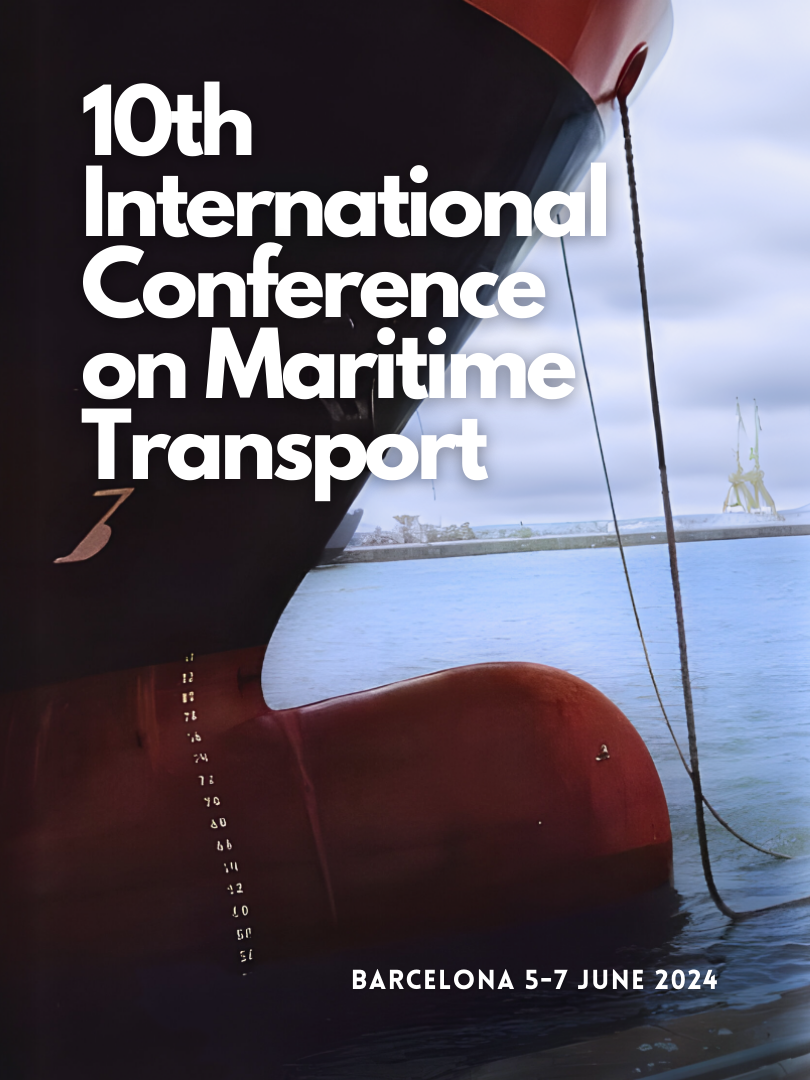MODELING THE TRAJECTORY TRACKING ACCURACY OF AN AUTONOMOUS CATAMARAN PATROL VESSEL UNDER DIFFERENT POSITIONAL DATA DISTURBANCE CONDITIONS
DOI:
https://doi.org/10.5821/mt.13165Keywords:
Autonomous vessel, cyber-risks, model-based navigation, non-GPS navigation, trajectory trackingAbstract
A sharp increase in the importance of autonomous vehicles can be foreseen in future maritime transport. One important area of application of autonomous waterborne vehicles is the monitoring of the safety of sea routes and sea areas. In this case, an important subtask is following the desired coordinates and movement trajectories as accurately as possible, despite natural disturbances and malicious cyberattacks.
In this work, we discuss the model-based ship navigation with increased disturbance resistance to assure the desired control of a catamaran robot ship in different conditions of natural disturbances and missing global positioning data due to possible cyber-attacks. The considered example autonomous surface vessel (ASV) is a catamaran ship of 2.5 m length, developed at Tallinn University of Technology. Different from the previous studies, in this work we have completed the hydromechanical ship model with wind force model in order to simulate the influence of nonlinear environment conditions to the accuracy of ship navigation. The main result, illustrated by detailed numerical calculations, is that the availability of an accurate mathematical model of ASV together with accurate data from local sensors (in particular ship direction and wind speed sensors) can compensate for the lack of a GPS signal under cyber-attack conditions. In addition, we demonstrate with a numerical simulation how data fusion methodology, supplementing the wind effect measurements with local ship sensor data, can achieve even better navigation accuracy.













